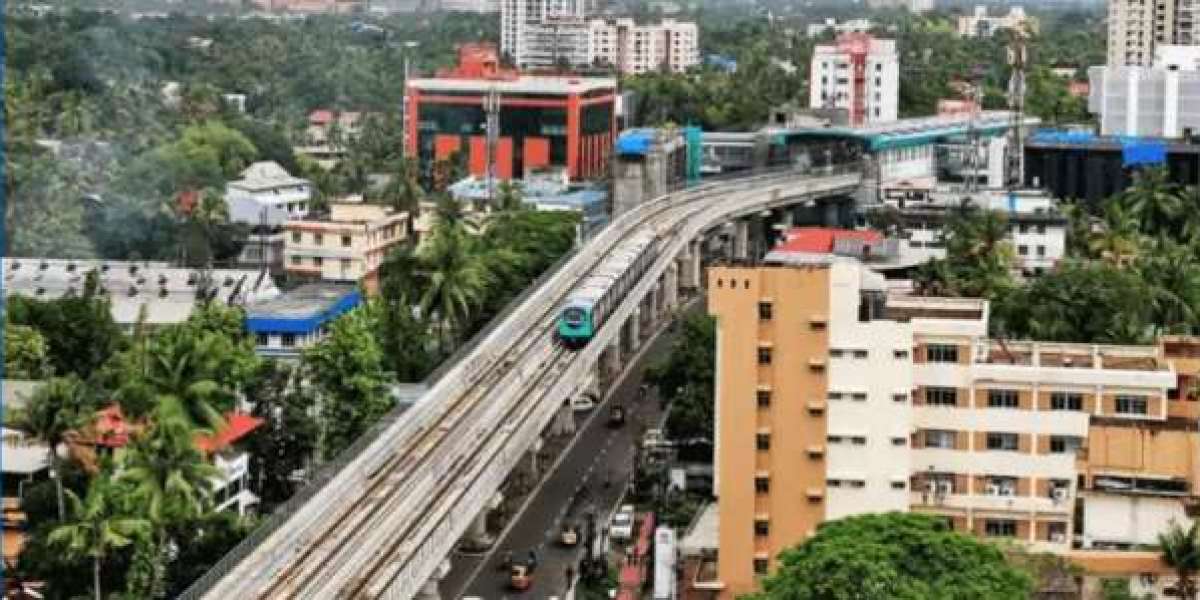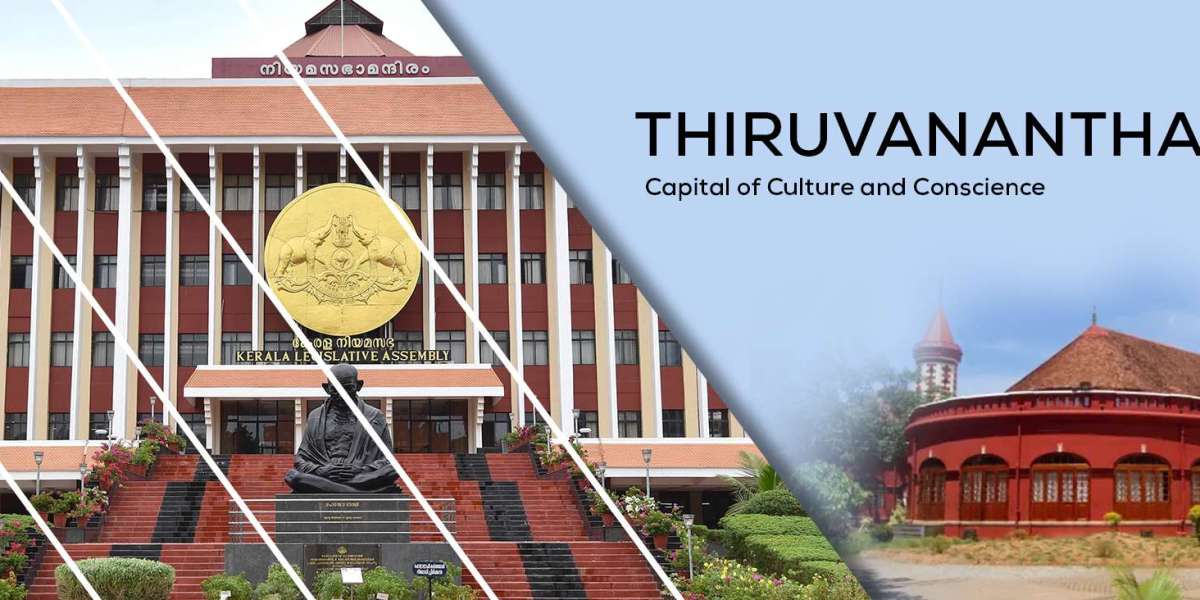Geography & Demographics
Approximately 94% urban with just 6% rural population, Kochi is densely populated and diverse. As
of the 2011 census, Hindus comprised ~55%, Muslims ~27%, and Christians ~18%; SC population
stood at ~3%, ST less than 0.1% ([turn0search6], [turn0search0]). Literacy exceeds 95%, and the sex
ratio in the electorate favours women at 1,053 females per 1,000 males
Economy & Social Composition
Kochi’s economy blends commerce, tourism, port-driven industries, and service-sector
employment. With backwaters, historic sites, and a bustling seaport, tourism and hospitality thrive.
Major employers include Cochin Shipyard, banking, logistics, and retail. While blueeconomy
fisheries are present at Chellanam, they’re a small segment. There's significant NRI linkage, but most
households fall into the middle-income bracket, with a few high-income entrepreneurs and limited
BPL presence
Political Context
CPI(M)’s K. J. Maxy has represented Kochi since 2016, narrowly winning by just 1,086 votes (38.7%)
over Congress’s Dominic Presentation. In 2021, he retained the seat with roughly 54,632 votes
compared to 40,553 for Tony Chammany (INC) (~31.5%)
Recent Infrastructure & Civic Developments
In 2024 Lok Sabha elections, Kochi recorded the lowest turnout (65.87%) among assembly
segments in Ernakulam, partly attributed to urban inaccessibility and migration trends
The Kochi Fort Kochi–Mattancherry area is undergoing heritage urban renewal with
sanitation upgrades, mural conservation, and streetlighting enhancement.
Marine Drive waterfront enhancements and ferryjetty renovations aim to boost tourism
and reduce traffic congestion along narrow Fort Kochi roads.
The Cochin International Airport road link in Kumbalangi and Chellanam is undergoing
widening and beautification, along with scenic walkway additions.
Voteraccessibility schemes in 2024 included improved groundfloor booth placement, ramps
and shade shelters at all booths.
Kochi Assembly Constituency is urban Kerala’s beating heart—where heritage streets meet modern
transit, commerce merges with tourism, and a literate, middle-income electorate participates
actively. Despite modest turnout, ongoing infrastructure upgrades—from waterfront regeneration to
polling accessibility enhancements—signal a constituency balancing coastal legacy with modern
livability.







